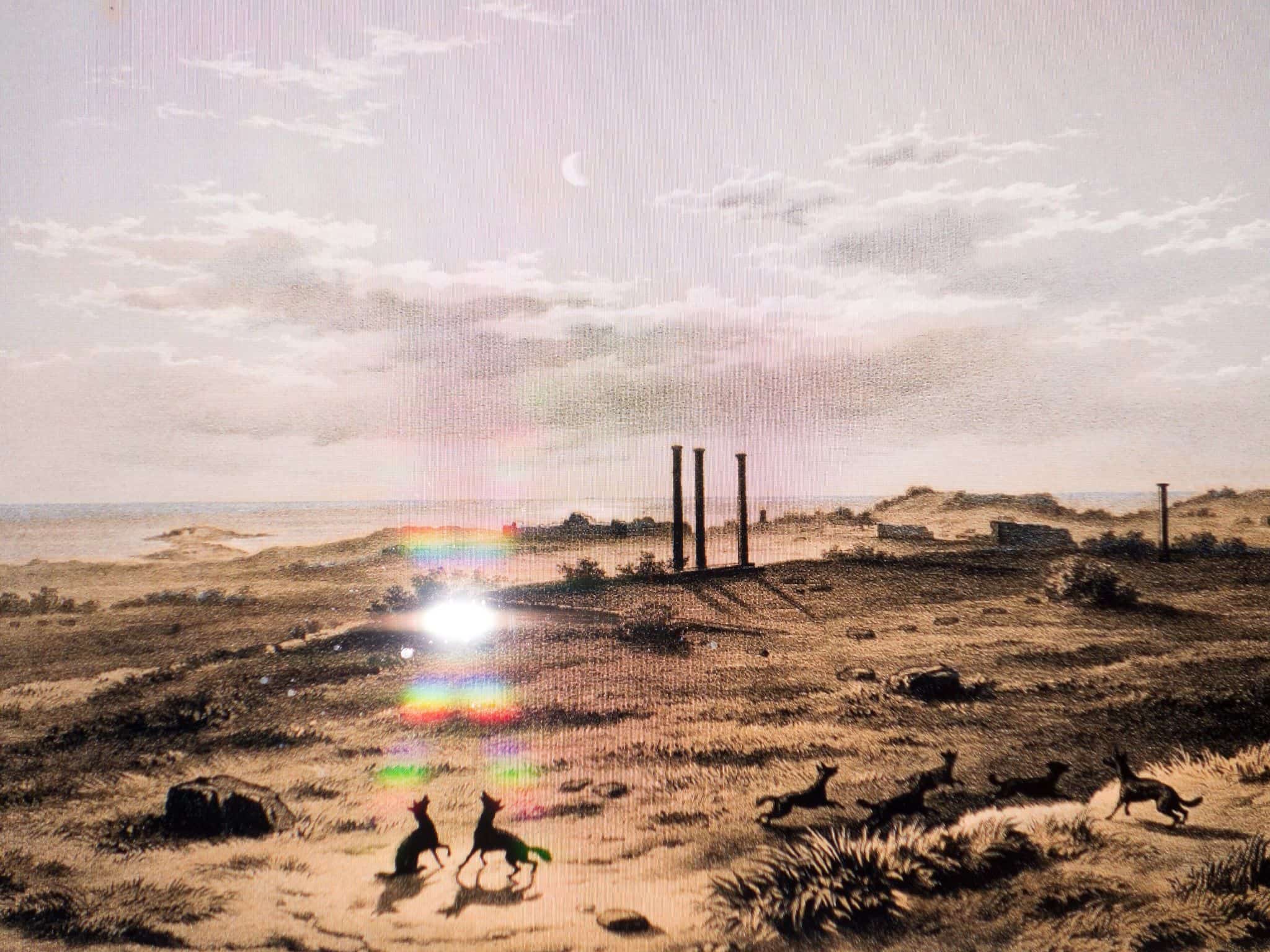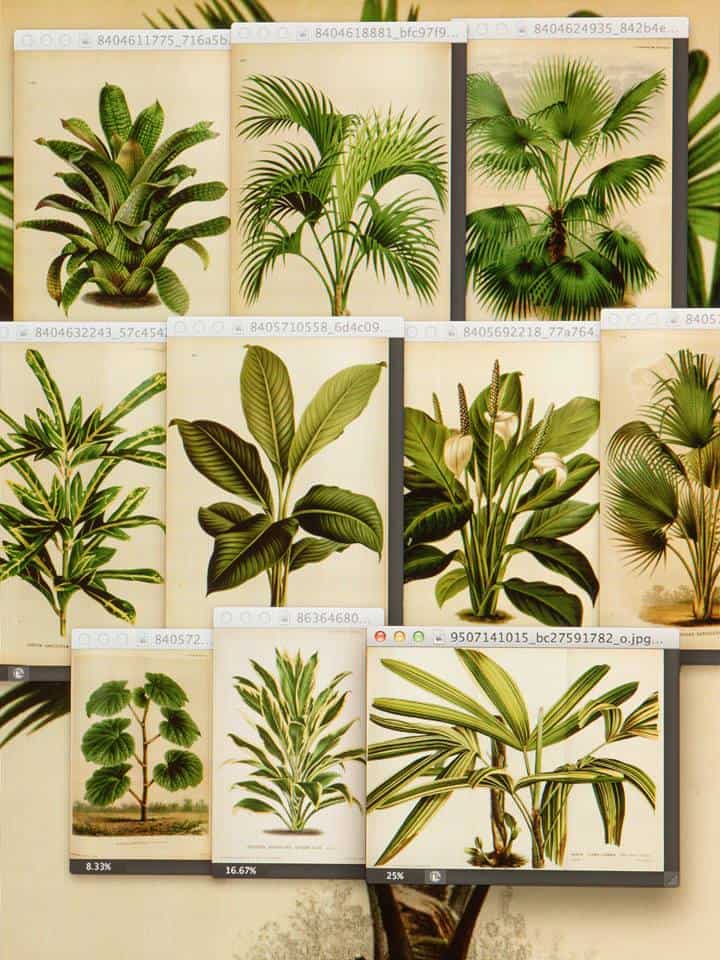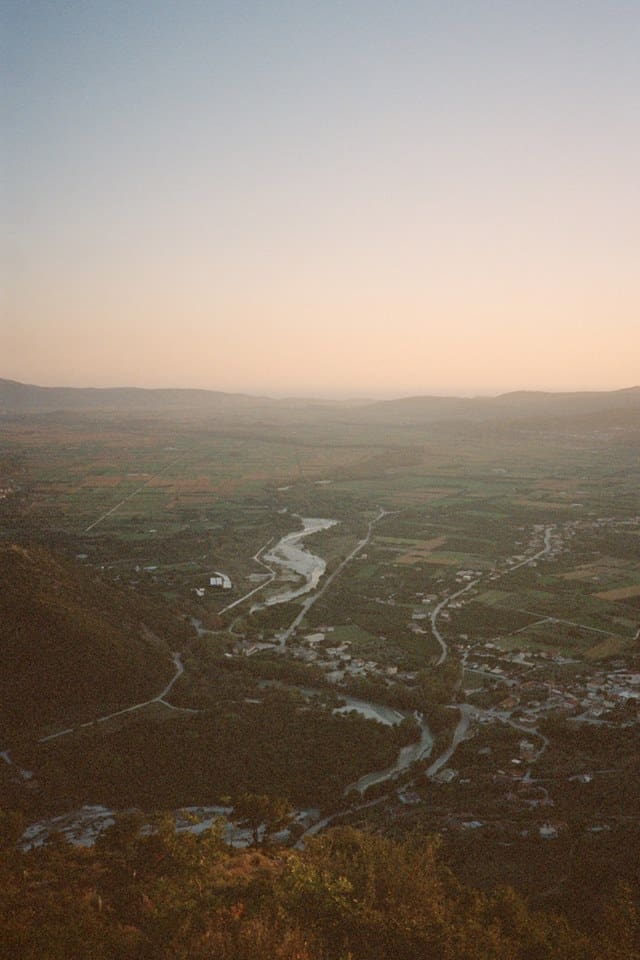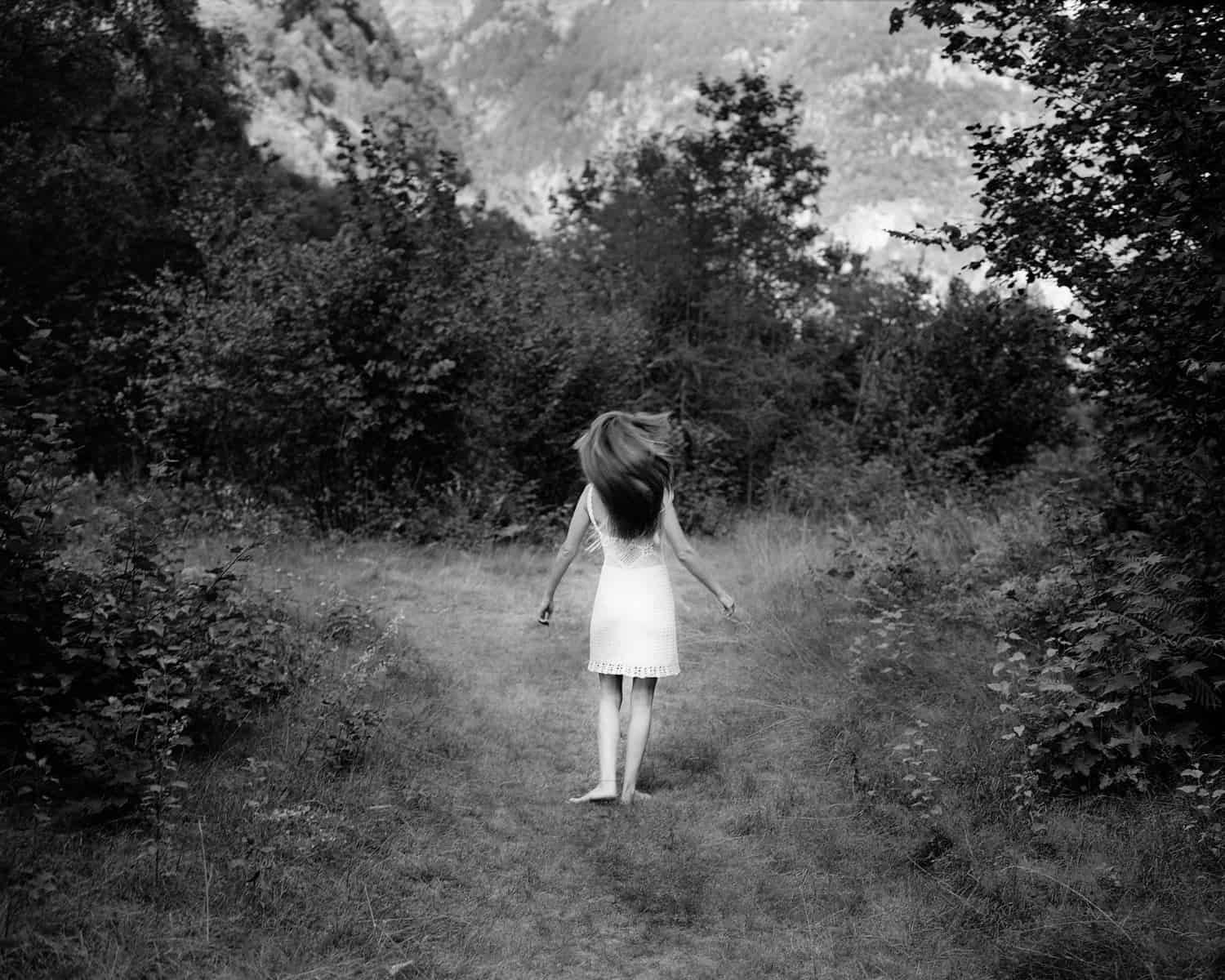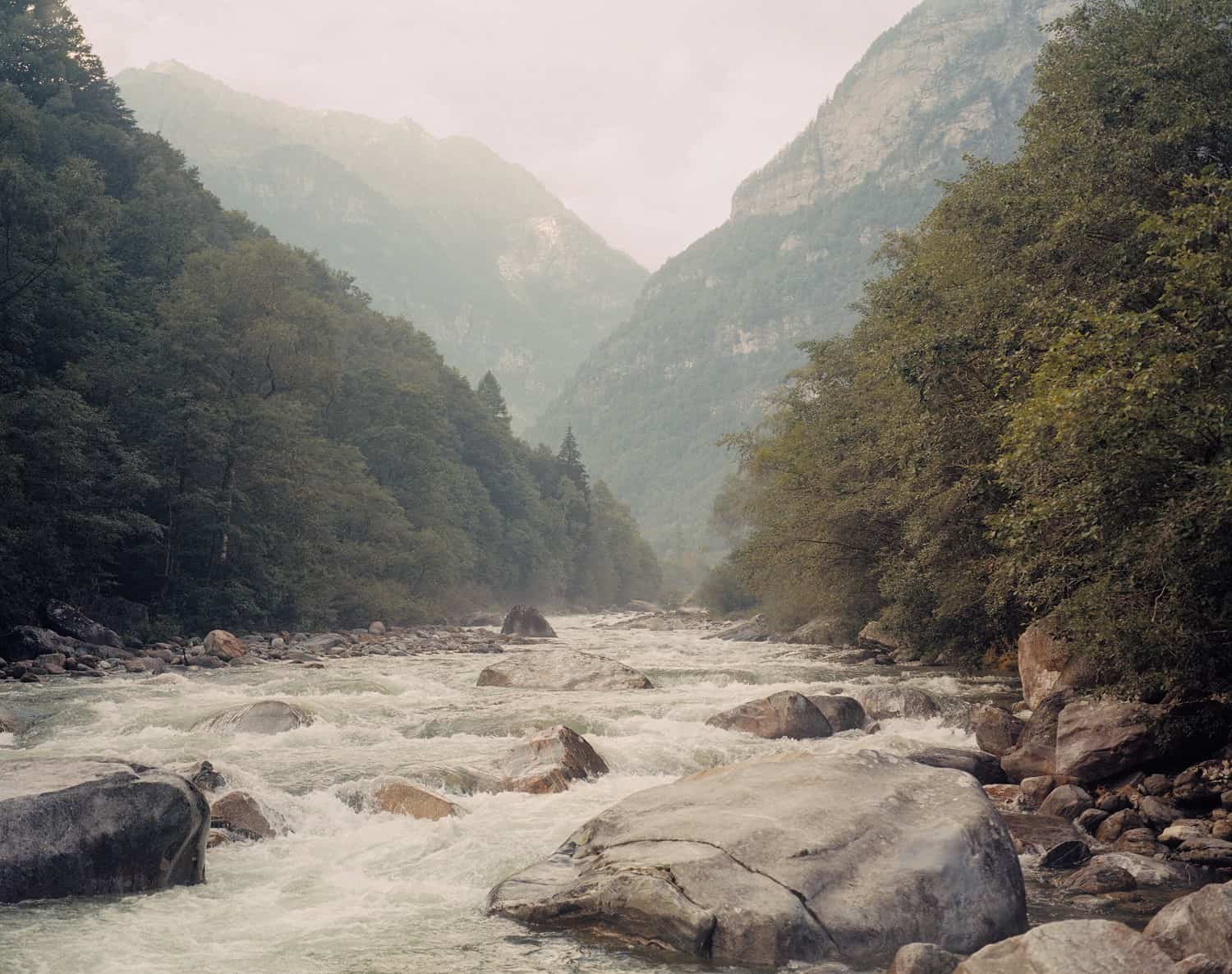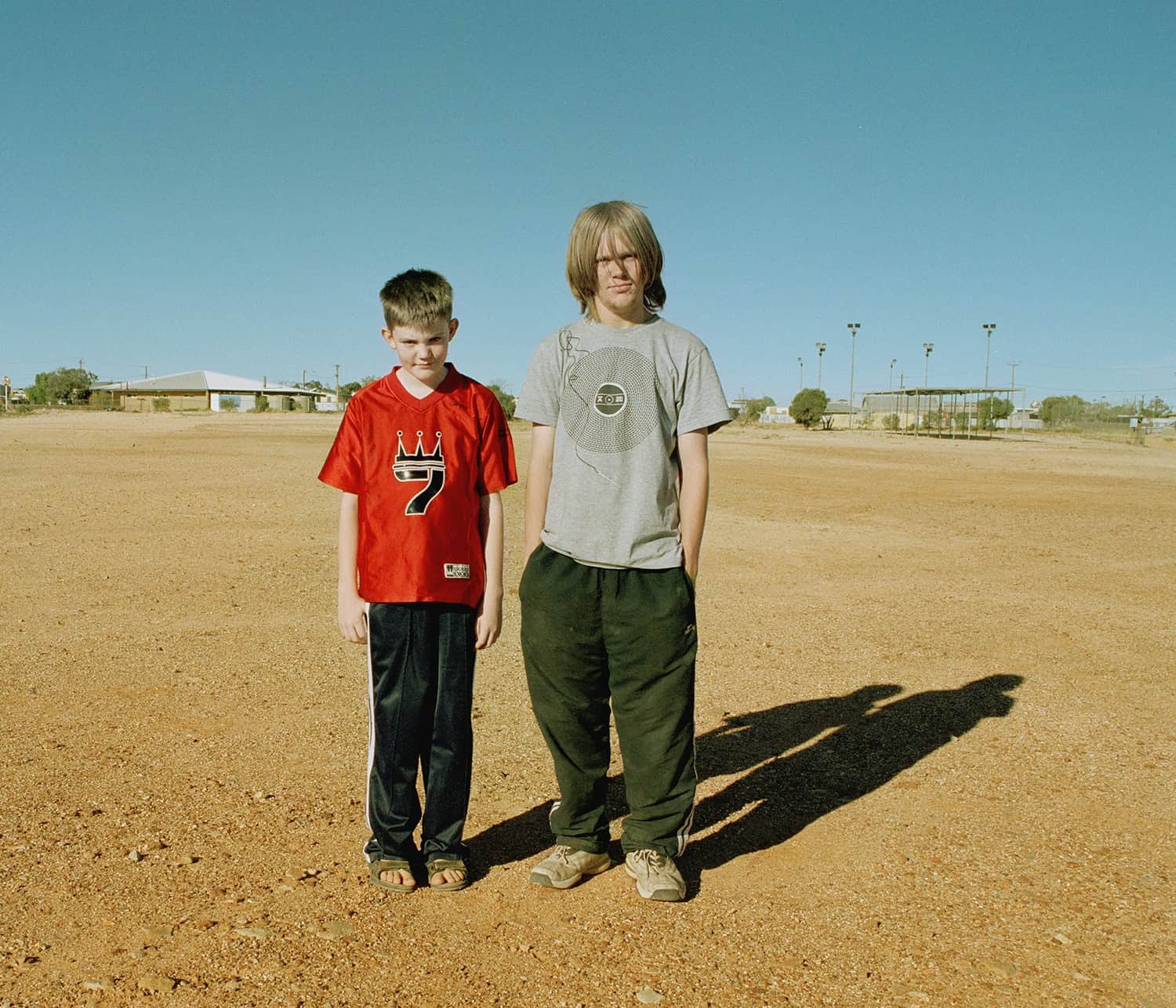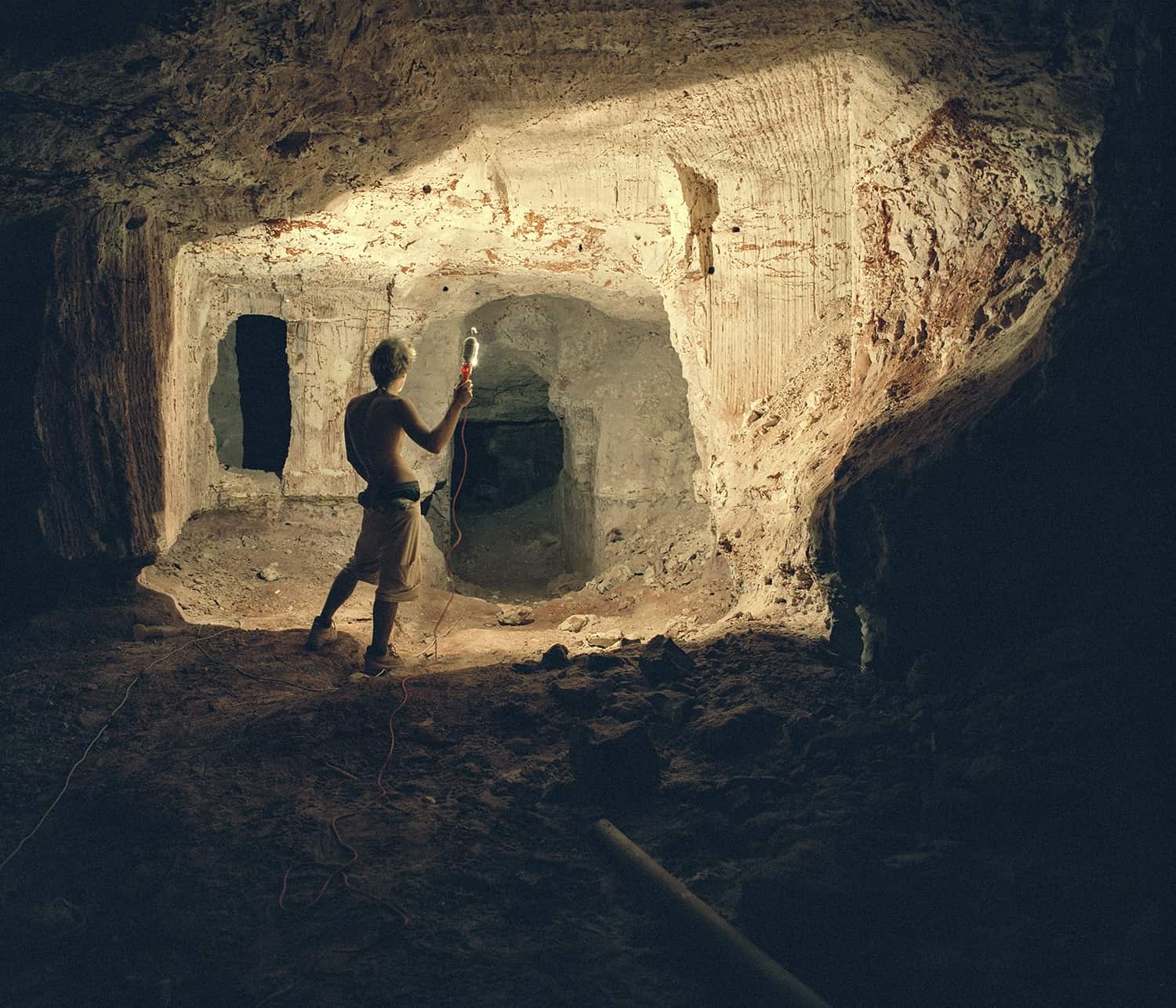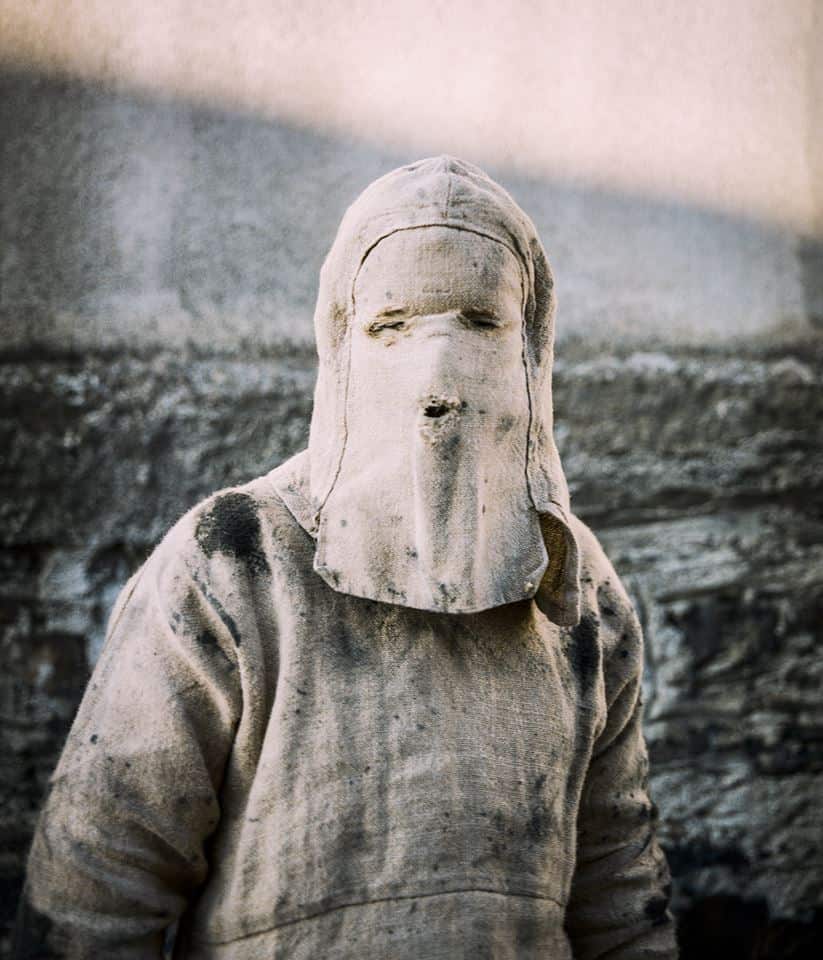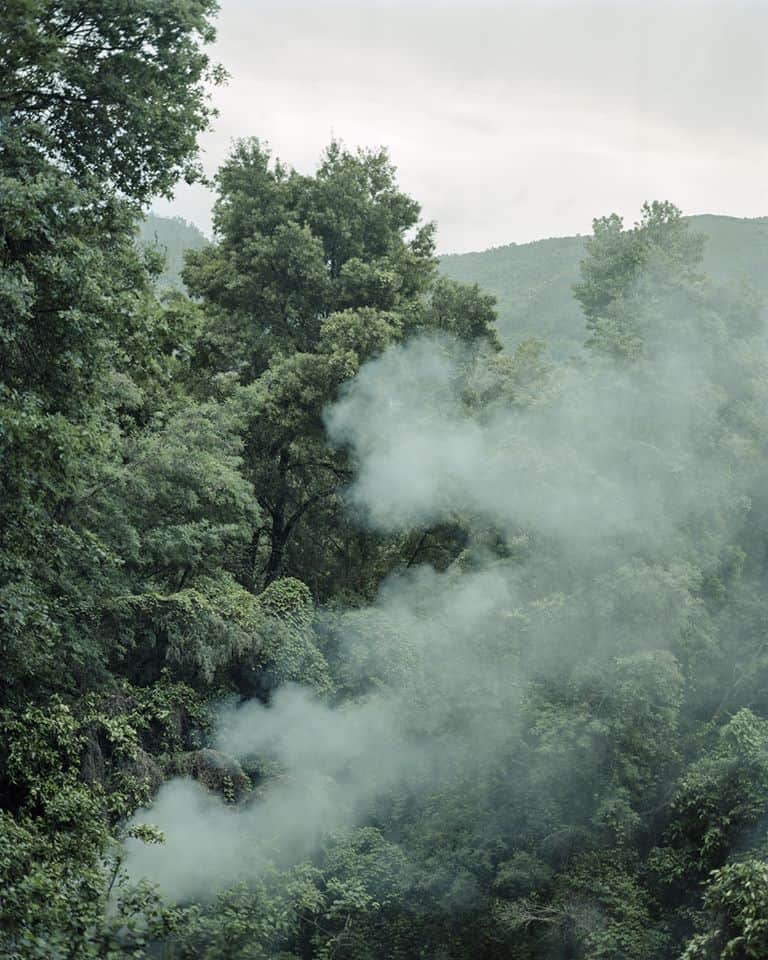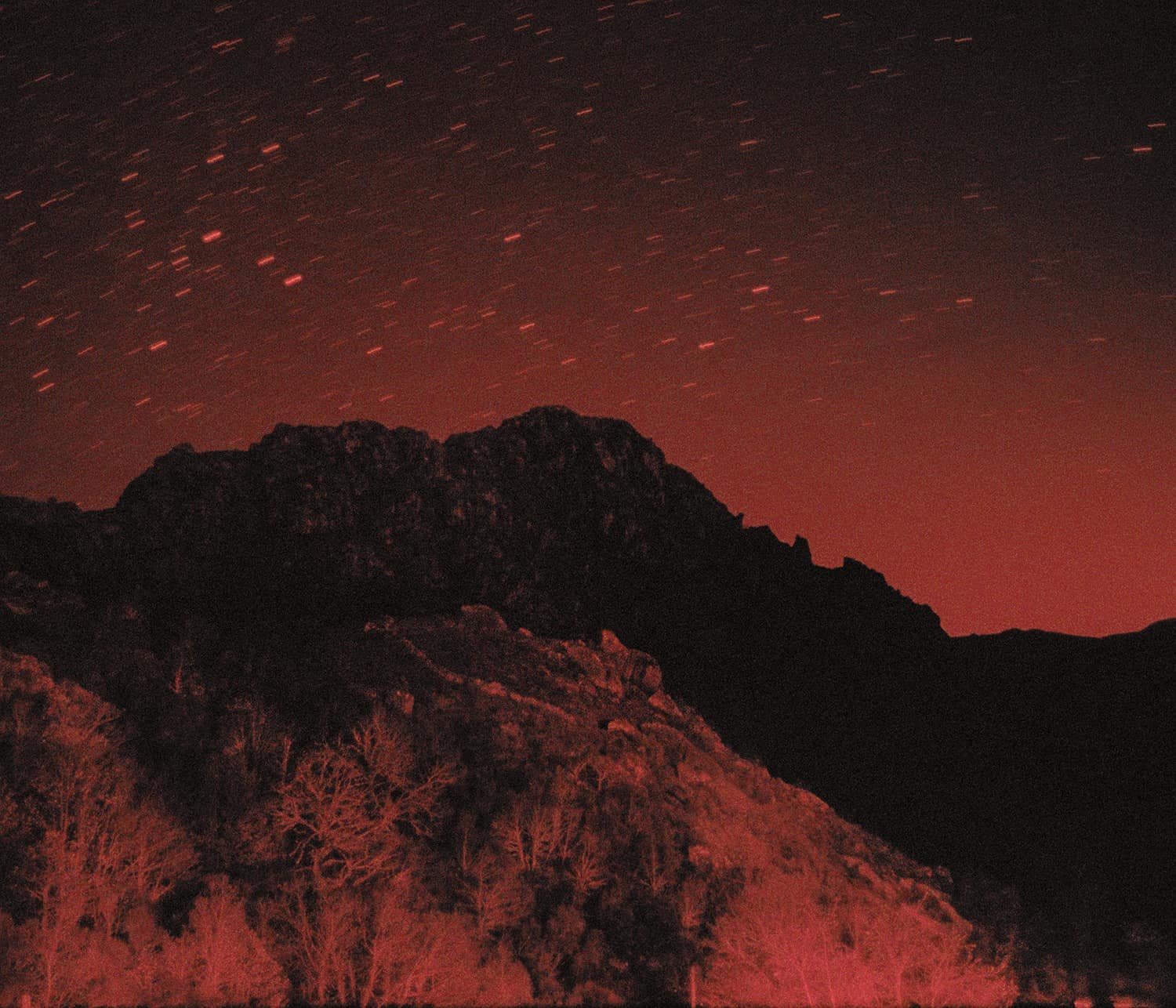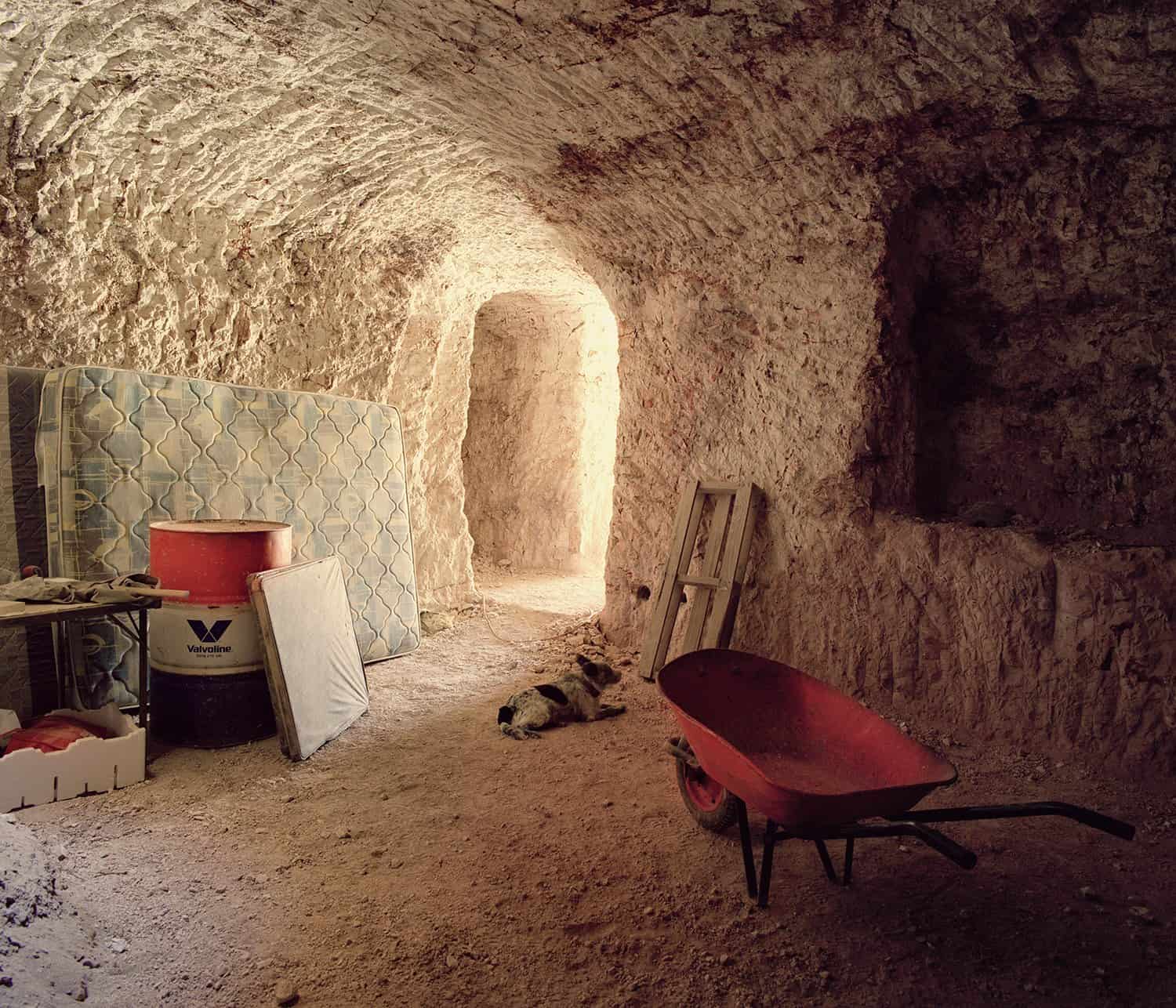“Take this Book and cause it to be read to you. For ye shall find therein all kind of wonderful things according to the description of this traveller, as he saw with his own eyes. (…) and no jot of falsehood may mar the truth of our Book, and all who read it or hear it may put full faith in the truth of all its contents.”
— Marco Polo ‘
Anyone who can recall the recent past decades can remember that it was a time full of visionary narratives, that were reaching out into future. Cinema in particular, demonstrated a vivid interest in the future shape of reality. Terminator, A.I. 5th element, Gattaca – these blockbusters are only the beginning, an almost never-ending list of films in the realm of science fiction. However, either the aesthetics of the ’90s or their futuristic inclinations, now belong in the past it seems… It is difficult to assess why the future is not as attractive as it used to be for young, contemporary artists. We may have become too accustomed to technological and intellectual development, such that we no longer experience them as sudden shifts or unexpected technological revelations. Maybe that is the reason why a tendency to look into the legendary, the mythical, and the uncertain has been becoming visible recently among young artists.
Myths sketch a vague shape of the far-off with almost forgotten stories and enable us to touch their cultural uniqueness. Exploring them using photography is a difficult business, and may even sound like the pursuit of the Holy Grail… A myth must first be revived from the distant past, which rarely if ever leaves a tangible trace that could confirm our assumptions. Beyond that though, there is more – the immaterial nature and metaphysical threads of the myths have to be captured and conveyed by means of a medium (in this case, photography), which understandably requires something tangible and visible; an ‘echo’ of the myth that is really ‘here’. There are, however, many artists who skillfully achieve outstanding results in this extreme challenge.
Here, we present six young photographers who, all in different manners, employ myth in their work, and whom we could see at a group exhibition of the participants of Parallel European Photo Based Platform, during the Organ Vida Festival in Zagreb.
Federico Ciamei, from the series “Travel Without Moving”, 2016
Federico Ciamei, from the series “Travel Without Moving”, 2016
Federico Ciamei demonstrates myths with wit, in a teasing and humorous manner. He works with accounts and reports of individuals, which then influenced the way reality was perceived by the general public. His photo series Travel Without Moving, resembles a skillfully composed fugue, in that it switches between fiction and reality so rhythmically and smoothly, that the audience gets lost in a quasi-authentic world that has been documented and presented in a suspiciously fantastical-yet-real archive. This series spins a tale and pictures a landscape one could only encounter during a legendary, exploratory expedition. This comparison is fully justified because a story with a lot of adventures, exotic touches, and fairy-tale creatures is usually too engaging to be interrupted by anything so ‘dry’ as a sceptical question. An attractive myth is somehow more believable than a boring truth, and the lack of any memorabilia or evidence from the faraway trip leaves us with no choice – we just want to believe what we hear.
When describing his project, Federico Cinamei asks many questions.
I was interested in the idea of truth, of real and fake. Why do we accept and believe in something that is incredible? Religions are also in this field. It is interesting that some older religions are commonly accepted as myths, but currently practised religions might feel offended by this similitude… So “What makes a myth?” is a very important and contemporary question.
My project titled “Travel Without Moving” is an imaginary journey set in (the pattern of) the bold adventures of great explorers, taken from the pages of voyagers’ diaries, accounts of merchants, naturalists or missionaries, and told through my original photographs. I imagined these voyagers of the past, going to places that they knew very little about, with the purpose of learning about new worlds and hoping to find the treasures of knowledge, experience or gold. Later, once back home, their stories became legends of lands with dragons, giants and huge fortunes to be found. Who can question the truth of their words? As Marco Polo wrote in the preface of his book, you must believe their words “because he saw all these with his own eyes.”
And today most of the world has been explored, photographed, catalogued… We have access to huge archives of data, so vast that the information is almost once again lost (only this time in a sea of digits. I’m sure there are scanned documents in online archives that no one has ever seen; Maybe some keyword was wrongly spelt and they are misplaced forever..? I wanted to tell the stories of some of the explorers of the past, using the text in their diaries as a guide, and at the same time repeat their experience in a digital exploration of archived documents. …And who can question the authenticity of these documents?
These days, I’m working on a new project about my relationship with the Italian and Classical traditions. In an old and rich culture like the Italian one, how is it possible to live in the present?
Rocco Venezia, from the series “Nekyia”, 2015-2017
Rocco Venezia, from the series “Nekyia”, 2015-2017
We cannot challenge Ciamei’s opinion that the legacy of classical culture is an extremely inspiring source of information. This is why we should not be surprised that another Italian photographer, Rocco Venezia, was very consistent in his approach to his project, and followed ancient myths regarding presented topics. Mythology was a clear starting point for Rocco Venezia, who developed his visual narrative on this basis. In his Nekyia series, myths have retained their traditional function – they served as metaphors connecting the past with the present. Venezia was born in southern Italy, in the Magna Graecia region, which was colonised by the Greeks in the 8th century BC.
In my childhood, visiting the remains of the Temple of Hera had a huge impact on my fascination with classic Greek myths; this early experience associated to my passion for classic literature became the main source of inspirations and influence for my first photographic work. The word “Nekyia” is the key to understanding how I have embraced the myth in my work. It comes from the ancient Greek ritual by which the ghosts of the deceased were questioned about the future. A number of sites in Greece and Italy were dedicated to this practice, but the only Oracle of Death is believed to be located on the banks of the Acheron, a river that nowadays rises and flows in the region of Epirus, northwestern Greece. Using the river Acheron as a guide for my personal ‘nekyia’ across Epirus, I aim to create a metaphorical and allegorical perspective on modern day Greece, juxtaposing the mythological heritage of the region, and the current political-economic situation.
Jessica Wolfelsperger, from the series “Saga”, 2017
Jessica Wolfelsperger, from the series “Saga”, 2017
The projects by Rocco Venezia and Jessica Wolfelsperger are very different when it comes to cultural inspirations and the visual aspect. There is, however, a common link between them both – metaphysics and allegories. Subtle and enigmatic Saga is woven in poetic images depicting nature – dense forests, dramatic rocks, swift brooks. Rather than narrating a particular story or depict the realm of hazy landscapes, Saga creates the atmosphere of a fairy-tale or dream, or a legend being created in the intimate space of photographs.
In “Saga”, I was focusing on the myths of Ticino, a region in the South of Switzerland. – says Wlfelsperger. – A myth is a belief that people share or were sharing in the past. Maybe half fantasy, maybe half-truth. It has something parallel to a tale, often combined with a moral statement. When I went to the Verzasca Valley – where I created my work “Saga” – I instantly felt this mystic and magical atmosphere, and it was clear to me that I have to incorporate it into my work. The feeling Jessica describes can be experienced through her work which is not related to any particular period and exists at an undefined time. I think it is somehow still the same, like it was in the past. People love to believe in something they can’t fully grasp. It (myths) also reflect our society, and we can tell people in a creative way tales about things that ‘happened’, whether they are true or not. I think we need also a little bit of this divine reality. Something, that is maybe not always rationally explainable. I made my myth with my photography, by catching the atmosphere and playing with symbols and creating a secret. But in the end, it’s the viewer, who feels or sees it with their own eyes.
Matthias van Dromme, from the series “Kupa-Piti”, 2016
Matthias van Dromme, from the series “Kupa-Piti”, 2016
There is also a clear personal touch in the project titled ‘Kupa-Piti: White man in a hole’, by Matthias van Dromme. At first glance, the series uses classical visual means of expression for photographic work. The scenery of the Australian wilderness intertwines with the interiors of rocky caves, some of which are furnished like flats inhabited by people. Among dusty pieces of furniture standing in one of these underground ‘flats’, we can see a fair-haired child playing around. By documenting the every-day life of independent opal seekers in Cooper Peddy village, central Australia, Matthias van Dromme brings up a topic of escapism and related absurdity of existence. He accurately juxtaposes a myth of great discoveries and eternal happiness with a question posed by Camus, namely “can Sisyphus1 ever be happy?”. The idea of Sisyphean labour becomes a rhetorical ‘device’ here, in that it is reinterpreted by contemporary Existentialist philosophy.
Many of its first inhabitants were migrants from southern and eastern Europe after the Second World War in search for the precious Opal-stone. – Van Dromme explains the history behind the series. Due to the sandstorms and the harsh summer desert temperatures they built their homes into the mines. The Aboriginals describe this phenomenon with the term “Kupa-piti witch” translates to ‘white man in a hole’. These fortune seekers still live like cavemen, desperately seeking fortune. You have the impression that these people are trying to escape something; That the mine is a retreat that is detached from reality. To live in total isolation to find a rock – it’s the raw reality that dreams can be reduced to it. It is a confrontation with extreme banality…
Jose Alves, from the series “Root”, 2017-2018
Jose Alves, from the series “Root”, 2017-2018
Matthias Van Dromme has skillfully presented proof, that Camus dilemma of whether it is possible for Sisyphus to be happy is still relevant today. Although the story behind Van Dromme’s series belongs rather to the category of the extremes, the question he brings remains either accurate – and unsolved. Myths as mental structures are presented from more detached perspectives by José Alves and Andre Viking. There is an eerie feeling when looking at works by José Alves, which makes us think of witchcraft. It is as if the act of taking a photograph became a magical gesture aimed at resurrecting long-forgotten beliefs, and at finding the roots of our identity.
I believe a myth is more than a legend or a story. It’s a complex set of fragments and memories based on the accumulated interaction between people through time, and between man and the environment. It forms the core of identity. – explains Alves. – As Jung tells us, it forms a collective unconscious, the core of human interaction and experience. They come as stories and narratives with meanings and interpretations already encoded in ourselves. In the project “Root” I was looking for an origin for a specific identity. Through research, I found mythology was one of the most important pillars for the construction of cultural heritage and identity. (…) I believe myths are evolving, and they tend to play the same role as they always have. We still have the same role models, the same narratives that inspire us and help us comprehend and adjust to our environment, to society, and to our own experience as humans. We still have the same longing for the journey, the hero, death, and birth. The same archetypes are present, only in different forms and contexts, but with the same purpose; to guide us in some way. We may not call them myths, or even be conscious of their existence, but they are present within. (…) Both viewer and artist can modulate an image so it can transmit the idea, the feeling, the experience of a myth. Myths are within ourselves; photography or any other art form may just attempt to awaken them.
Andre Viking, from the series “Closed Eyes”, 2013-2017
Andre Viking, from the series “Closed Eyes”, 2013-2017
Elements of magic are also present in the photographs of Andre Viking. His series Closed Eyes is deprived of a narrative structure. In contrast, the series is combined into enigmatic, individual images, which pulsate with mysterious meanings that seems to be encoded into an enigmatic allegory of symbols similar to a Delphic prophecy. Though the photographs by Viking seem disorganised at first glance, and entirely dependent on their visual impact, they do communicate a universal message. They do it successfully, despite being so connected with the past and obscure symbols.
A myth to me is something that most people can relate to, and it often speaks about society in a supernatural or abstract way. My biggest fascination with myths is that they dwell between truth and fiction just like any photograph. I like when knowledge and mystery become equal and complement each other, and that’s something I try to incorporate in my work. Myths and folklore tend to be metaphors for something bigger, and I think art, in general, has the same mission. Myths used to play a larger role in society, where now in this information age we are much more interested in data and facts. I still believe myths are very present today, but we have to look closer to find them and understand the meaning behind them. I hope my work helps with that, and keep us interested in things that are not always measurable. A lot of the ideas and elements in mythology are fundamental to how we think and live today and I still believe there is much to learn from ancient times.
Biographies:
Federico Ciamei, b. 1974 in Roma. Federico is currently based in Milan, where he works as a photographer for editorial projects, both on assignment and self-produced. He collaborates with international magazines such as the NY Times, Wallpaper*, Travel+Leisure and independent publications. www.federicociamei.com
Rocco Venezia, b. 1991 in Italy, is an Italian visual artist. His first book Nekyia has been published in 2017 by Witty Kiwi, and is part of the collection of The National Art Library – V&A Museum. Besides his personal projects, he is curator and producer for PHmuseum.
Jessica Wolfelsperger studied photography at BTK University of Art & Design in Berlin. During and after her studies, she has assisted various photographers and artists in Berlin, New York and Copenhagen. Besides that, she attended courses at the Ostkreuz School of Photography and completed a certificate as a curator at the University of the Arts (UDK) in Berlin. In 2015, she won the first prize of the VFG for emerging talent as young photographer Switzerland and in 2017 the Swiss Photo Award in the category Fine Art.
Matthias van Dromme, b.1988 in Belgium, is a photographer based in Ghent, Belgium. He studied Visual Arts/Photography at the Royal Academy of Fine Arts (KASK) in Ghent. He graduated in 2011 with a BA in Photography at School of Arts, Ghent, Belgium.
José Alves, b.1989 in Braga, Portugal, is a photographic artist who specialises in long-term documentary and personal projects mainly focusing his work on the issues of territory and personal and collective identity. He has presented his work in solo and group exhibitions in his home country and abroad. He studied human sciences and photography having graduated in 2018 from a Master in Documentary and Artistic Photography. He has won the FNAC Emerging Talent Award 2018, and is currently a selected artist in Parallel European Photo Platform, 2nd Cycle. He is currently based in Braga, Portugal.
Andre Viking, b.1989, is a Danish visual artist currently living and working in Copenhagen, Denmark. After graduating from Copenhagen Film & Photography School, Viking completed the General Studies Program at The International Center of Photography, where he was awarded two ICP Director’s Scholarships. With the strong belief in photography’s subjective yet universal language, André Viking draws from ancient history and myths to explore convoluted relationships between meaning, truth and fiction. Viking’s work has been exhibited internationally, including Burrard Arts Foundation, Organ Vida Festival, and Filter Space in Chicago.
1 Sisyphus was a Greek King, who broke the rule of ‘Xenia’, of guest/hospitality. He was crafty and sneaky, and more than once killed guests and travellers. Zeus, the chief god of the classical Greek panoply, is also known by the name of ‘Zeus Xenios’, and the rule of Xenia was under his protection. The punishment dealt to Sisyphus for breaking the rule of Xenia, was to eternally push a large boulder up to the top of a steep hill, but just as he would get to the top, the boulder would roll down the other side, and he would have to start again.
Jobs that seem endless, or without a greater meaning are sometimes said to be ‘Sisyphean’.




